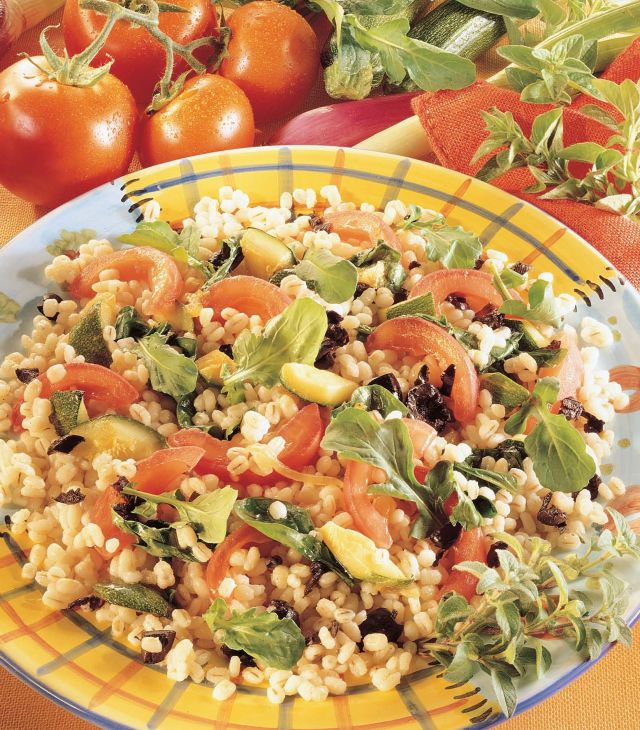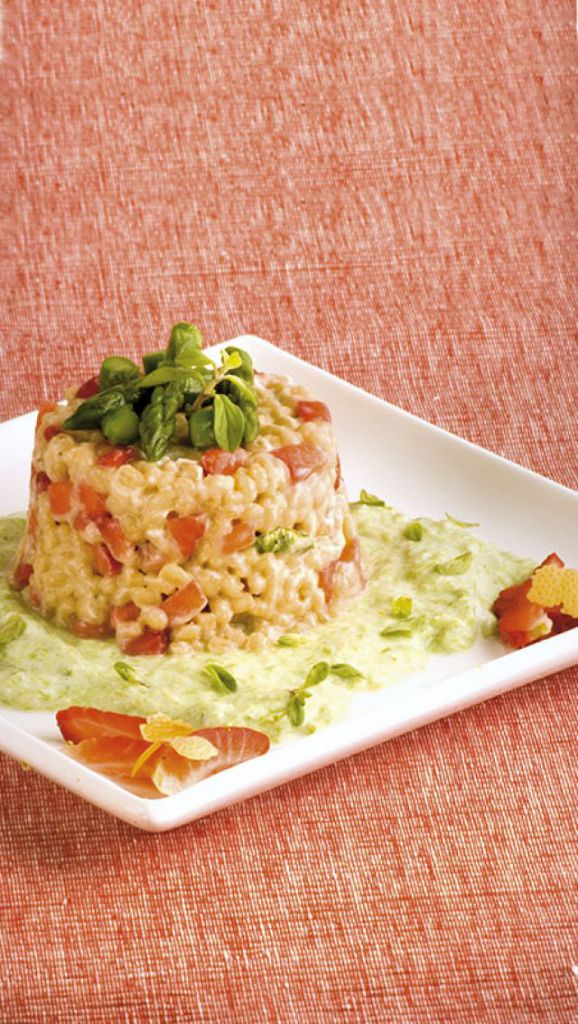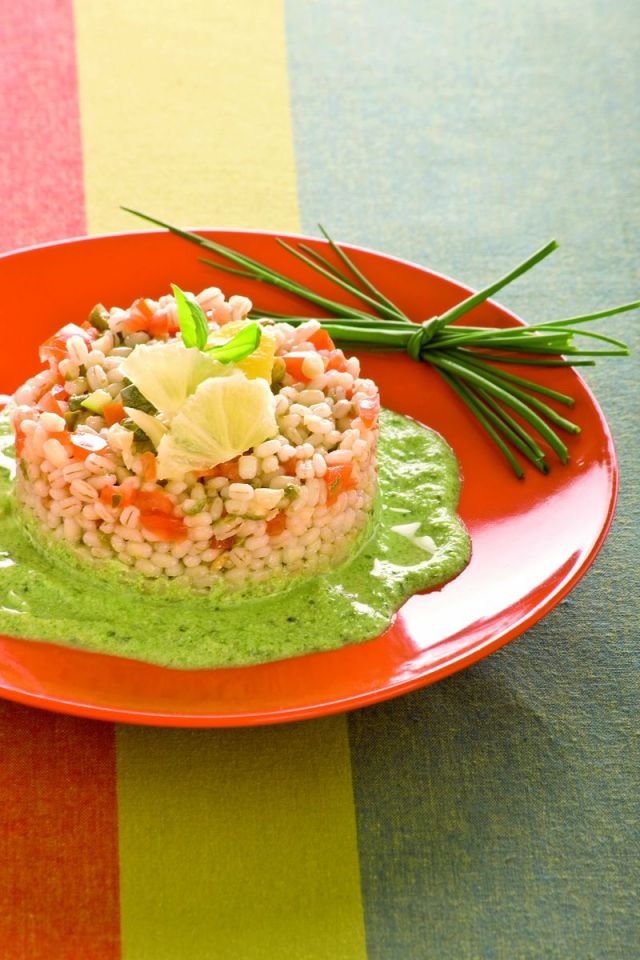 Even if it is not produced exclusively in Italy, the Italian organic barley is one of the most strategic horticultural products for alimentary use. The Regions which boast the most significant production of this cereal are Emilia Romagna, Umbria, Basilicata, Marche, and Lombardy.
Even if it is not produced exclusively in Italy, the Italian organic barley is one of the most strategic horticultural products for alimentary use. The Regions which boast the most significant production of this cereal are Emilia Romagna, Umbria, Basilicata, Marche, and Lombardy.
Barley is one of the most ancient cultivations of gramineous plants used by man in cooking for more than 12,000 years. Its origins are traced back to the area of western Asia and Northern-Eastern Africa, but its cultivation spread very rapidly across Europe and all over the world, thanks to the resistance of this plant to the different climatic conditions and such adversities as drought.
Talking about production and market, barley is one of the most important cereals and at the same time it is the most commonly used, as it is the base of many by-products, very different from each other:
• it is the base of different substitutes of coffee, which today are much appreciated, as well as specific products for breakfast;
• from sprouted barley a specific malt is obtained, which is a fundamental element for the production of all other malts from cereals;
• once fermented, barley can be used for producing beer and some of the most famous distillates;
• its flour is useful in certain types of traditional products for bread-making (bread, biscuits, and cakes);
• it replaces durum wheat in some versions of couscous (an alimentary product widespread in Sicily) and is also suitable for the production of flakes.
 However, the version in grains is certainly the one which allows the best creativity in cooking, and in addition it has the exclusive quality of letting perceive how organic barley produced in Italy is rich in aromas with its structure characterized by a high and overall reliable quality.
However, the version in grains is certainly the one which allows the best creativity in cooking, and in addition it has the exclusive quality of letting perceive how organic barley produced in Italy is rich in aromas with its structure characterized by a high and overall reliable quality.
Three types of barley
Barley can be found in three main types: whole barley, also called ‘Mondo’, hulled, and pearl one. Its colour ranges from dark brown to clear brown and white.
Whole and hulled barley
The first two varieties are richer in nutrients and fibres and require a prior soaking, which must be long for whole barley, short for the hulled one. At the same time, these two varieties are less flexible and adaptable to the different cooking preparations, which in the Italian cuisine are countless.
Pearl barley and its use in cooking
Pearl barley is the most impoverished from outer substances and is comparable to the common white rice. However, it offers a number of benefits, which range from a shorter cooking, to its adaptability in many recipes, which is unmatched compared to the first two variants.
Not by chance pearl barley is the most widespread and its organic control chains are very attentive to its overall qualities. It can show either large or small-medium grains and it has the prerogative to swell a lot during cooking. With pearl barley it is possible to prepare excellent soups, with which a lot of seasonal local herbs can be enhanced, in combination with Italian extra virgin olive oil, either light or medium fruity. Oil helps to release the aroma of herbs at the beginning of light frying operation, and then further strengthens their flavour at the end of cooking, by heating the same herbs in a little more oil and adding it to the base of barley.
Let’s taste the ‘Orzotto’
Barley can replace very well rice in one of the most famous Italian courses, the risotto. So, it is possible to obtain recipes that are called ‘Orzotti’ (the Italian word ‘orzo’ means ‘barley’). As these recipes have a longer cooking time, barley stays firm after cooking and are therefore much more manageable by consumers who are not familiar with this typical Italian cuisine.
In the Regions of northern Italy, the combination of barley with speck is very usual. Speck is characterized by a unique flavour and wide opportunities of use. We will soon see this product in the next article concerning high quality organic Italian production.
Nutritional and healthy characteristics
- Easy to digest and assimilate, so being suitable for consumption from children to elderly people;
- rich in silicon (useful for both brain and nervous system), phosphorus, potassium, magnesium, iron, calcium, vitamin E, and vitamin PP;
- healthy as for cardiovascular and lung diseases;
- rich in galactogen property, which allows stimulating breast milk production.

